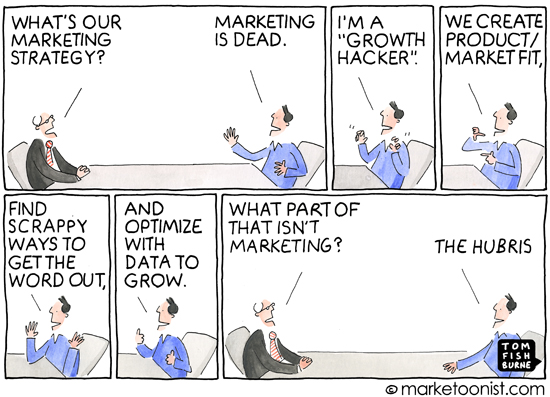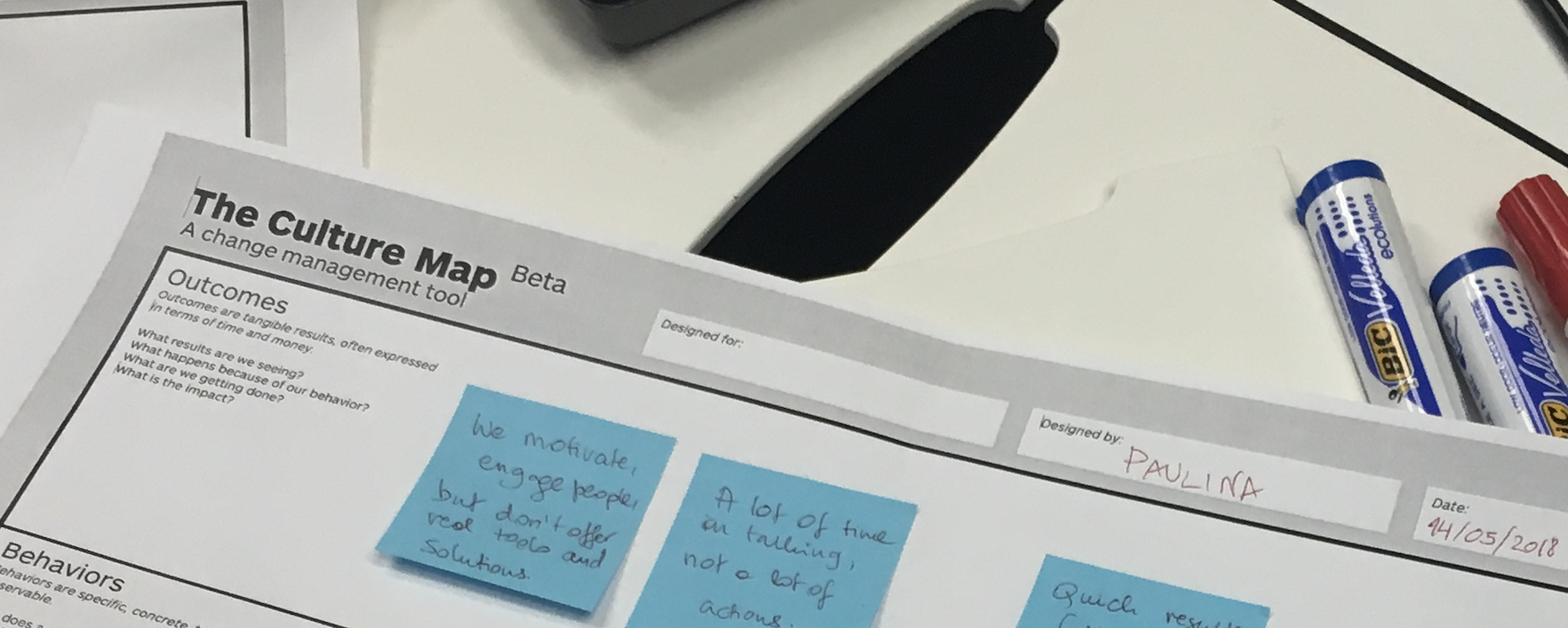
How coding shapes your thinking
This article was first written and published for the Business Coaching Magazine. When you write software all day, it shapes your thinking. Your brain is trained and you build up…
Notes left by Franck Debane

This article was first written and published for the Business Coaching Magazine. When you write software all day, it shapes your thinking. Your brain is trained and you build up…

Value is relative The value that a buyer sees and depends on the frame or perception they have about the product. To increase the perceived value of your product, you…

To build a business, you need to clearly understand who you can create value for -your customers- and what job are these customers trying to get done. One way to…

C’est parce qu’on a pivoté pour trouver notre growth engine. Et la c’est le Product Market Fit ! …vous pouvez répéter ? Bienvenue dans l’univers Lean Startup, où l’on parle autant anglais…

This is what I learned using the Culture Map tool with a corporate team. First a bit of context: I have been following Dave Gray’s and Alexander Osterwalder’s work for…

Révolutionner la joaillerie française en lui donnant une image jeune et branchée. C’était le pari de Pauline, Charif et Malek qui ont créé Gemmyo en 2011. Nous avons rencontré Pauline,…

Today, business leaders worry that a startup is going take their lunch away and that they won’t be able to react. And they are right. If you look what happened…
A hard part of customer development doing problem interview. It’s hard because interviewing strangers is not natural and its also actually hard to do the interview right. The good news…
A few month ago, I started exploring how the Lean Startup principles could be applied to computer game development. This journey lead me to Alexandre Normand co-founder of Execution Labs,…
Hannah Koller just presented her EDHEC Master Thesis on how Luxury companies need and apply business agility concepts. How do the concepts of agility: responsiveness, fluidity, speed, flexibility and innovation meet the…